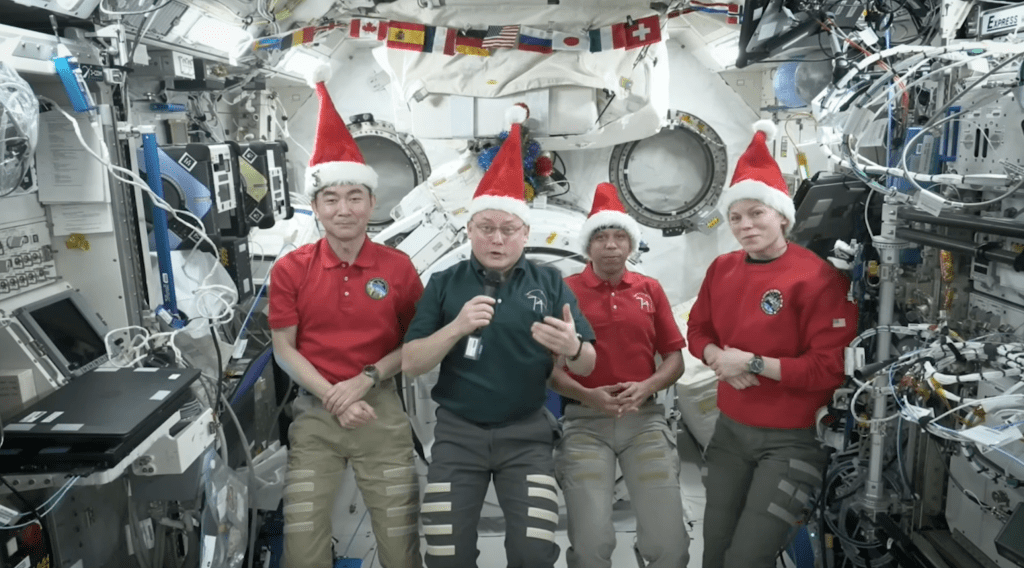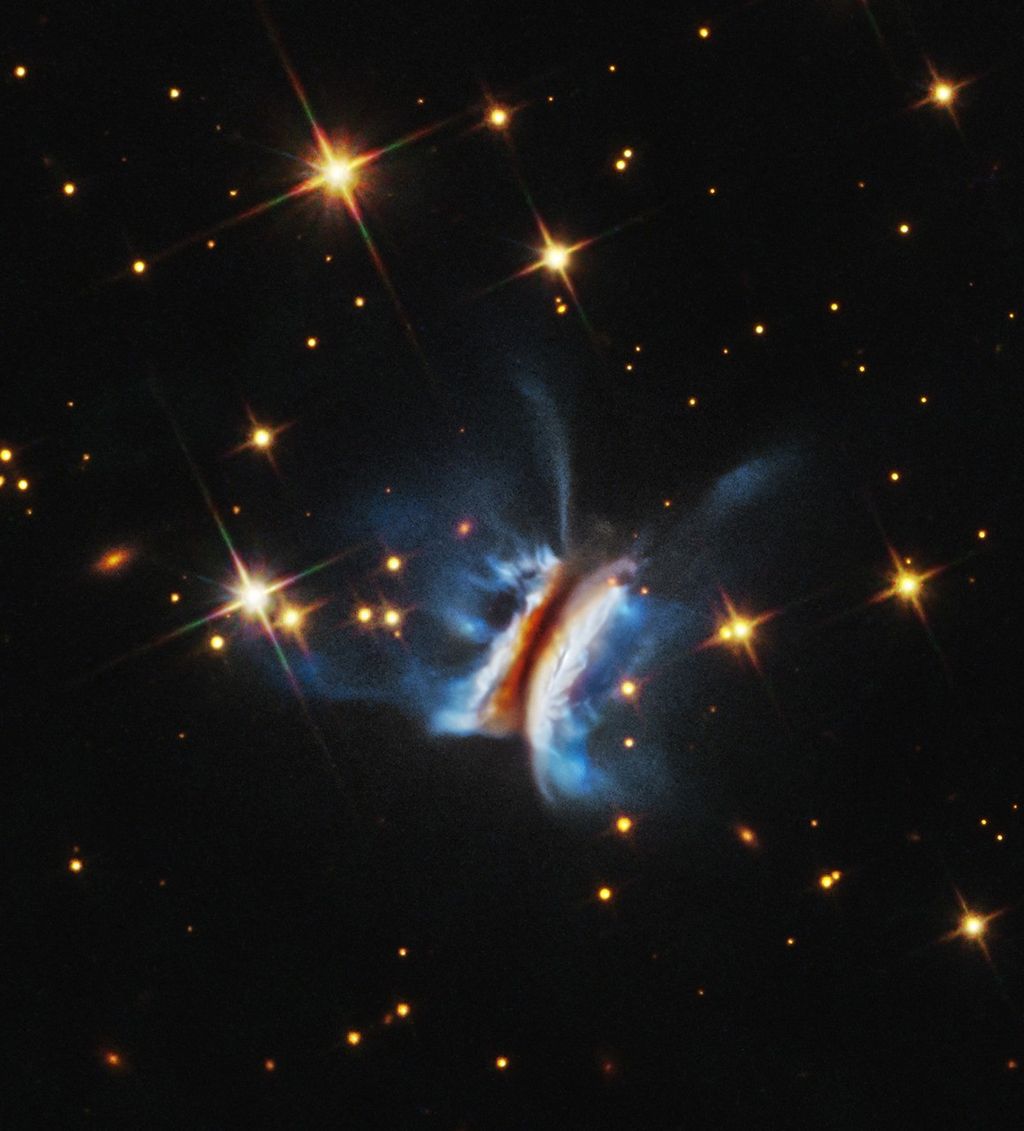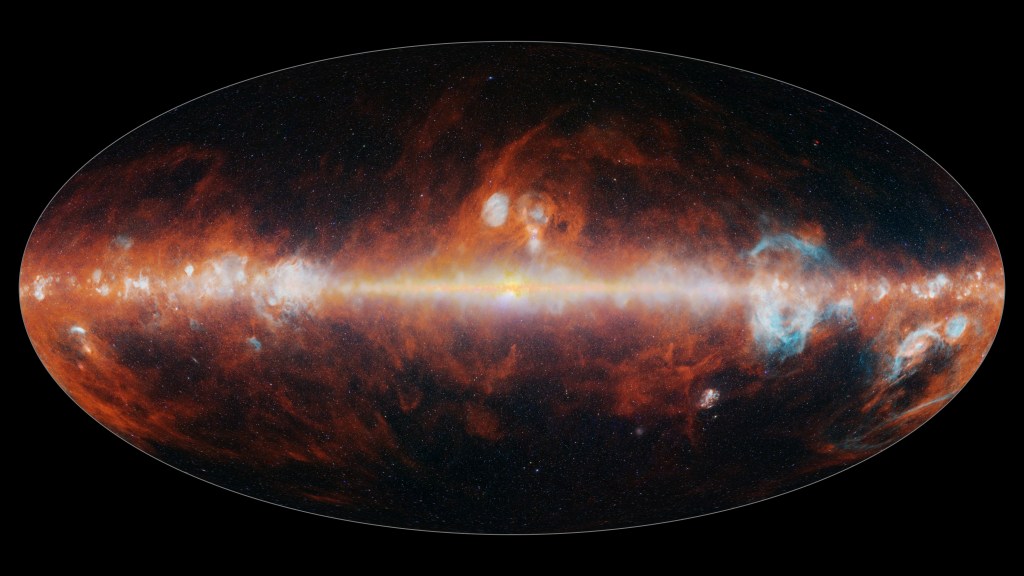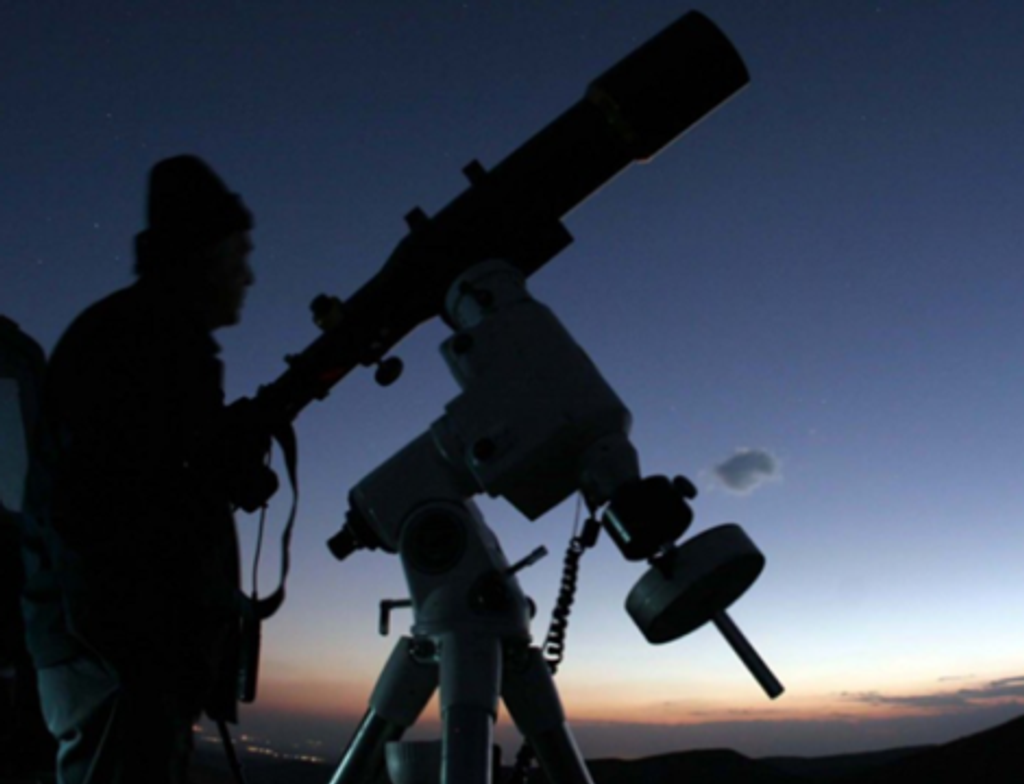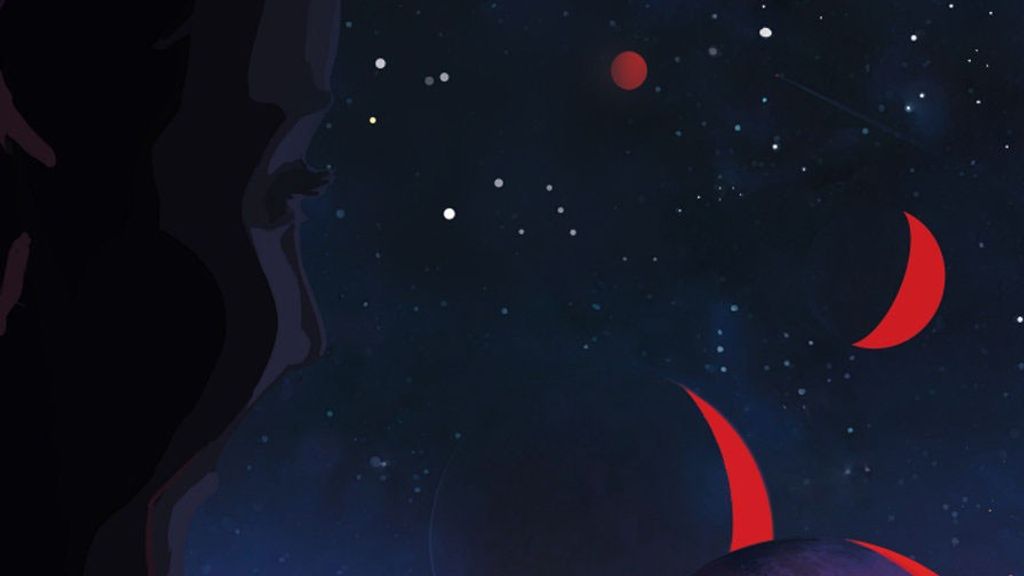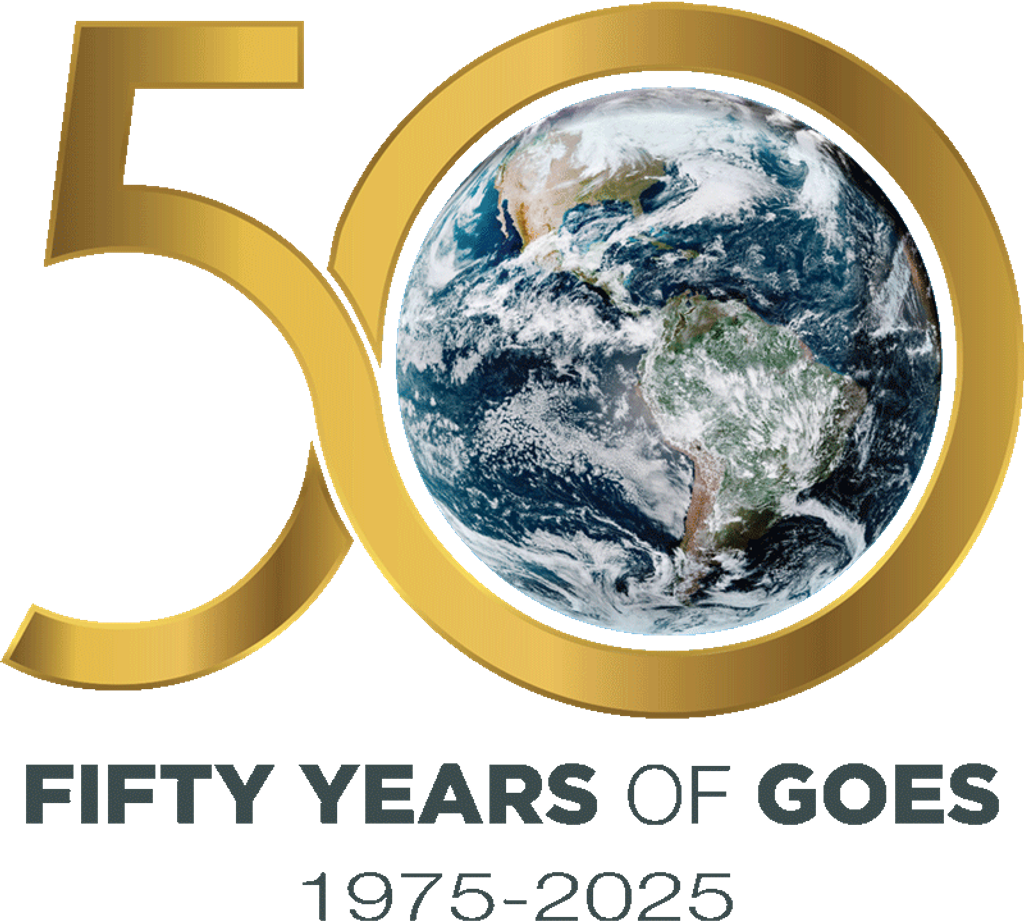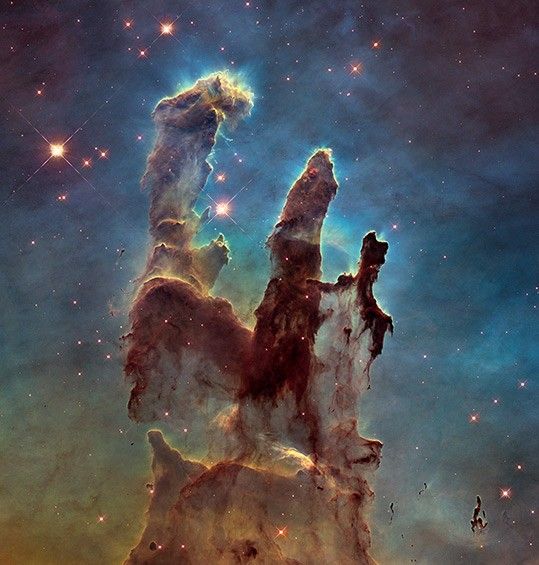1 min read
Quasar 1208+101 (Gravitational Lens Candidate)

An image of the gravitational lens candidate taken with NASA's Hubble Space Telescope's Wide Field and Planetary Camera (WF/PC) in PC mode, on 23 December 1991. The HST picture shows that the quasar actually consists of two images. HST observations to be made this winter will show whether this is a gravitational lens or a chance superposition of a star in our own galaxy and a quasar. The bar in the lower left represents one arc second (the diameter of a penny seen at about two miles) which is the typical resolution of ground-based telescopes.
This image is being presented on Monday, January 13th at the 179th meeting of the American Astronomical Society in Atlanta, Georgia.
About the Object
- R.A. PositionR.A. PositionRight ascension – analogous to longitude – is one component of an object's position.12h 10m 57.07s
- Dec. PositionDec. PositionDeclination – analogous to latitude – is one component of an object's position.09° 54' 27.2"
- Object NameObject NameA name or catalog number that astronomers use to identify an astronomical object.Quasar 1208+101
- Release DateJanuary 13, 1992
- Science ReleaseNASA Hubble Space Telescope “Snapshots” Probe the Early Universe
- Credit
Related Images & Videos

Color Images of Quasar 1208+101Split by Gravitational Lenses
NASA's Hubble Space Telescope (HST) color views of the distant quasar 1208+101 indicate that its image has been split in two by a gravitational lens. The quasar was first observed with HST's Wide Field/Planetary Camera in July 1991 as part of the Snapshot Survey for...
Share
Details
Claire Andreoli
NASA’s Goddard Space Flight Center
Greenbelt, Maryland
claire.andreoli@nasa.gov

